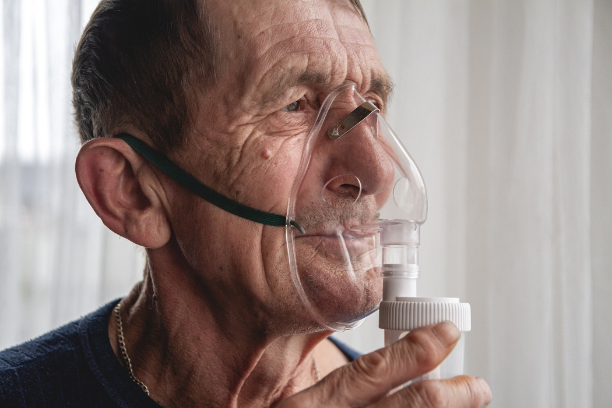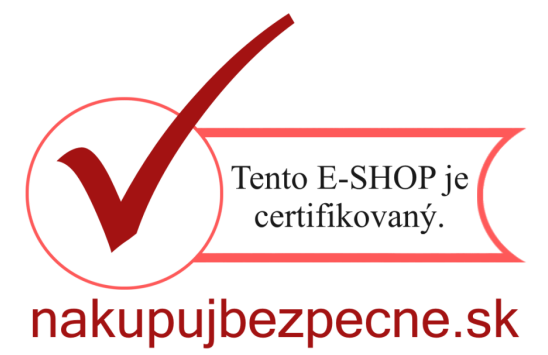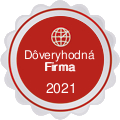Pomôže inhalácia kyslíka pri chronických chorobách kože? /angl./

Complete healing of chronic wounds of a lower leg with haemoglobin spray and regeneration of an accompanying severe dermatoliposclerosis with intermittent normobaric oxygen inhalation
Kompletné hojenie chronických rán dolnej časti nohy hemoglobínovým sprejom a regenerácia sprievodnej závažnej dermatoliposklerózy s občasnou inhaláciou normobarického kyslíka.
Pravidelná inhalácia koncentrovaného kyslíka pri dermatoskleróze pomôže pri hojení vredov a je nápomocná aj pri prevencii kožných problémov.
Kompletné hojenie chronických rán dolnej končatiny s postrekom hemoglobínu a regenerácia sprievodnej ťažkej dermatosklerózy s intermitentnou inhaláciou kyslíka normobarickou (INBOI): kazuistika
Abstract
A new healing procedure has been developed on the basis of the successful treatment of therapy-resistant hypoxic (and practically anoxic) leg ulcerations located within a heavy dermatoliposclerosis. The procedure involves an initial intra-ulceral application of haemoglobin followed by the intermittent administration of normobaric oxygen via inhalation. Haemoglobin is capable of externally supplying the granulating wound bed with oxygen at low partial pressure in a physiological manner, like a micro lung, so that oxidative stress can be avoided. A long-term daily administration of oxygen from within – including the peri-ulceral skin – is achieved by intermittent normo baric oxygen inhalation (INBOI) regularly throughout the day in the form of 1-hour sessions.
Using this combined healing treatment during haemoglobin applications the ulcerations healed within about 1 month, and subsequently with INBOI therapy within further approx. 4 months the peri-ulceral skin regenerated as far as the oxygenation status was concerned: The peri-ulceral transcutaneous oxygen partial pressure (tcPO2) of zero (measured during breathing of normal air) rose to a satisfactory value of approx. 35 mmHg. After 28 months of treatment, the completely hypoxic and degenerated skin on the leg had practically returned to normal with a PO2 of 45 mmHg. Furthermore, the skin dermatoliposclerosis regressed. The skin regeneration was long-lasting, which was probably related to cellular tissue regeneration with an increase in the capillary density, whereby it had to be maintained by regular oxygen inhalation (INBOI maintaining treatment). By unintended intra-individual therapy variations it is evidenced that local hypoxia was the reason for skin degeneration: 3 x 1 h oxygen inhalation were sufficient for the healing treatment; 2 x 1 h sufficed for maintenance, whereas 2 x 0.5 h did not.
The new procedure carries practically no risks, is simple, cheap and effective. Whereas the application of haemoglobin requires professional supervision, the oxygen inhalation can be carried out at home following initial guidance and monitoring by a physician. Using this novel method, the therapy-resistant ulceration could be closed within 5 months, during which daily outpatient care was only necessary for 1 month. The successful outcome of the treatment in terms of improvement of oxygen supply can monitored at any time using peri-ulceral tcPO2 measurements, whereby, due to the inhomogeneity of the values, measurements at a minimum of two locations at the wound edge are strongly recommended and more measurements at more skin locations would be preferable.
Besides its use in the healing of ulcers, the new procedure is also suitable for the prevention of ulceration development (prophylactic INBOI treatment) in skin rendered susceptible due to the presence of hypoxia. Here, peri-ulceral transcutaneous oxygen partial pressures of below 10 mmHg should be considered as being critical and are an indication for a prophylactic oxygen inhalation treatment. The new procedure may also be suitable even before the peri-ulceral oxygen partial pressure falls below 10 mmHg.
Four measures for rehabilitation, conservation, and prevention with regard to a healed chronic wound are proposed.
Full text link:

